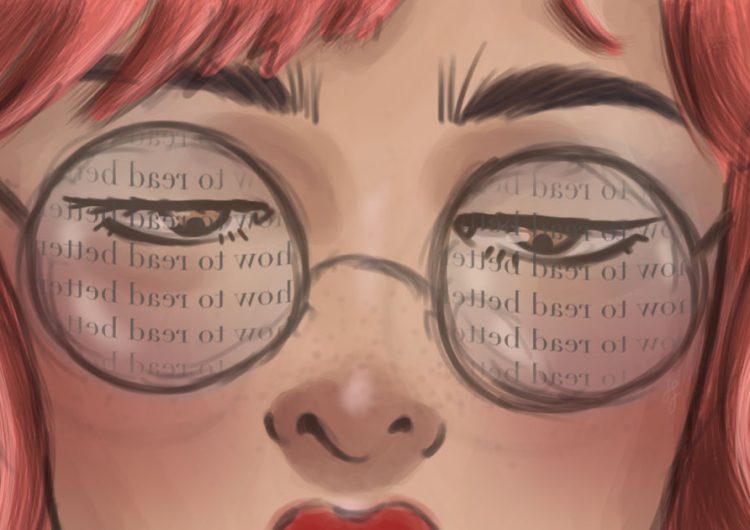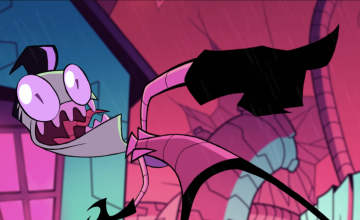We all know we have the freedom to love OR hate reading, but we also know that having the heart for reading bestows much better power. Well, why not? Reading has literally lived way, way longer before us. We’re required to meet words before we set up a cabinet. We’re required to meet words just before going places, or even before a life-changing event unfolds. The early kind of reading is said to trace back to task-oriented code recognition. This means that those people who could read simple records—like name and commodity—had considerable economic and social importance. It was in the 15th century AD that the concept of reading materials flourished, as the printing press gained more popularity.
What a long timeline stretch. However, reading stays as a skill seemingly difficult to master.
Read also: Escaping tsundoku: How to stop book hoarding for good
Getting older means realizing that reading is a growing hobby; it can get difficult with the world. Inside your room might be a pile of dusty books left unread, just because sometimes, it does feel difficult to read. Here are some tips that might get your reading game in a smoother sail.
Are you sure about that book?
One of the reasons why a book is left unread is the sudden wave of disinterest. Suddenly, it feels bulky, like a chore. The thing is, you’re not meant to like everything after all (except if it’s, well, required for a book review). You know this scene: Visit the bookstore, fish out some extra money, pick a book whose cover fires up your curiosity, and head straight to the counter. If you’re lucky enough, the book you randomly picked might just be perfect for your taste. But let’s face the icky feeling of a wasted bookshelf space. Horrifying.
Before taking a book home, it isn’t bad to set reasonable expectations: try reading its backpage summary, or feel the tone of its first page. If you felt the need to turn the page, then it’s a go. If you didn’t, then what’s the point? It might also great to check spoiler-free reviews, get to know the author, or ask around to know if the story won’t make you take your third nap of the day.
Read also: An independent bookstore in Naga is molding Bicol’s art scene
Read in an environment that will encourage you
There’s a probability—a huge one, actually—that we aren’t those characters in coming-of-age films that can read the same book in different times and places in a day. In full focus at that. How the heck do they do that? When your attention span is messier than it should be, reading can be more challenging. If random reading doesn’t work for you, it’s best to pick a place that can help you focus. Some people focus more in places as quiet as the library, some read with classical music, while some can actually finish a piece in a noisy living room.
Golden rule? Just avoid places that feel so comfortable you’d rather sleep. And perhaps put your phone 24 inches away from you. Try it.
Read also: These award-winning books show why PH literature belongs to college curriculums
Avoid talking to yourself while reading
Yup, I caught you. This is a totally normally thing to do, but maybe we can save the internal conversations for breaks. Or, you know, when we finally finish the pages for the day. According to Glendale Community College, people talk to themselves in two ways: vocalizing (the actual moving of the lips while reading) and subvocalizing (talking to yourself in your head while silently reading). Both of these can disrupt the flow of reading, thus the slower and slower rate. This form of distraction might make you go back to a sentence over and over again.
Have a notebook and a thesaurus nearby
Skipping unfamiliar terms will cut the depth of your understanding of the story. Reading is a journey and that means acknowledging its occasional pit stops. Having a thesaurus (instead of a dictionary) can help you understand a word easily by finding a more familiar term. In that way, you wouldn’t need so much time to give out. Having a notebook with you is also useful when figures of speech become difficult to decipher, or when you just really like a certain line or dialogue. If you don’t want to directly highlight them, at least.
Find the right reading strategy
Philosopher Mortimer Adler believed that our reading approach should depend on our reading goals. What does this mean? In a QUARTZ article, Adler revealed four levels of reading: elementary, introspectional (“systemic skimming” to get the most out of the book in a limited time), analytical (classifying ideas and arguments), and synoptical (reading and comparing multiple works on one topic to reconstruct the conversation).
The thing is, we have reading materials that are meant to be digested for their information. On the other hand, there are also ones demand our understanding. It’s wise to decipher which reading tactic to use for specific pieces, so reading can still feel like a fun activity.
Read also: The world in chapters: I traveled the world through reading books
Have a book list
Progress feels damn good. Whether you’re a list freak or not, writing down all the books you finished can motivate you to tick off more and more. Seeing finished titles will make you think (it’s true anyway) that you really are accomplishing something, and might actually make you realize what genres you’d like to read more or less. Keeping to-read lists is also a clever way to keep the love for reading alive and kicking, but don’t get too caught up with the speed limit. Finishing at a pace you’re comfortable in is always better.
If you’re over the listing on paper, there’s an app called Bookling. It serves as a tracker of our reading habits, so if you aim to read a hundred this year, then it’s pretty easy to monitor your goal here.
Join a book club
Meetups with like-minded individuals might just be the key to make you excited for that next chapter or that next book. After all, one of the factors that makes people attached to a certain book is the immersive experience they get. Why not amplify it and form a crowd? Book clubs offer the path of discourse outside books, and there’s no better effect of a story than that.
Art by Jaana Makalinao

























Comments